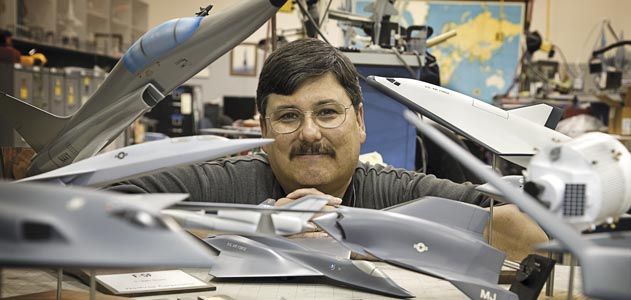The bones are worn out. They weren't meant to be in service this long. The rockwell engineers freaked out in the 80s when the usaf was doing touch and goes with them because of the wear and tear on the metal. It was afterall a high altitude aircraft that the Regan administration repurposed into a low altitude interim bomber because it was the fastest and cheapest way to add capability to the usaf for the 80s buildup to bankrupt Russia. A lot of that 80s buildup was done in haste and almost smoke and mirrors with pulling ships out of mothball just to add numbers to the navy and rushing the peacekeeper into service with parts from radioshack. The bones were meant to spend their lives sitting on alert, not serving as a replacement for the aardvark and fighting in decades long wars. Maybe if they had developed a b1c in the 90s purpose built for how they actually were going to use them conventionally it might make sense to keep it around. The readiness rate is very low for the 50 or so still in service. I never understood not putting it back into production after congress gutted the b2 program... They needed something and went with nothing.It makes perfect sense to retire one of your three existing bomber types as the new platform comes online. It appears the B-1 fleet would be first, as the fleet is worn out and hard to maintain already. There's a lot of savings to be had by retiring an entire class of aircraft.
And a lot of capability to be lost. The B-1B is the LAST of the three I'd want to retire, especially now that they're (supposedly) reactivating external hard points. If the B-21 is duplicating B-2 capability then retire the B-2. Both the B-1B and B-52 have capabilities the B-21 or B-2 do not.
Last edited:


